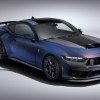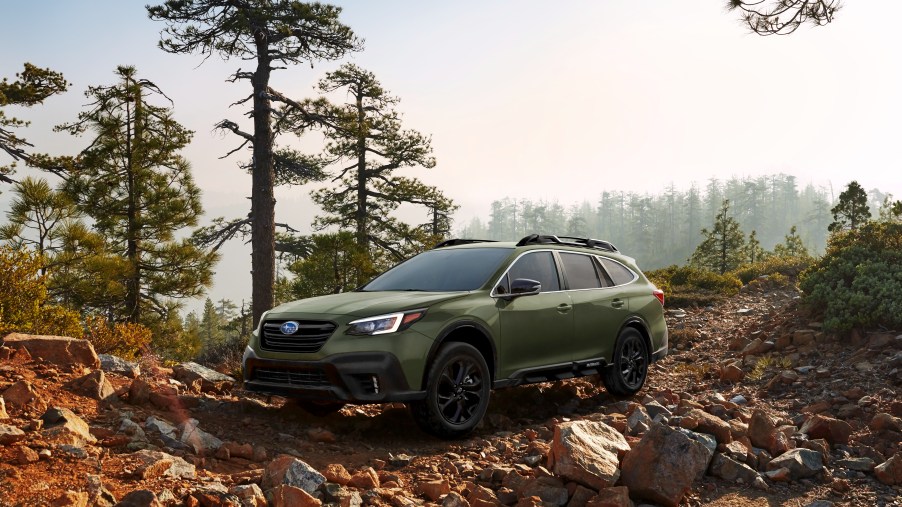
How the U.S. Station Wagon Grew Up
Station wagons used to be a popular family hauler in the United States. Over time, however, they progressively started to disappear. Or, have they?
Large Station Wagons Are Gone
It is true that right now, in the US, one can not buy a full-size station wagon from the mainline automotive manufacturers. The last ones ceased production during the 1996 model year. They were the Chevrolet Caprice Classic Wagon and the Buick Roadmaster.
Many Manufacturers Made Wagons
Wagons, however, have been offered in smaller sizes too from other manufacturers of the years. Wagon configurations were supplied in the form of Ford Escort and Taurus station wagons, to the Chevy Cavalier wagon, and the Toyota Tercel wagon, to name a few. Of course, Subaru wagons are still popular, but most others have gone to the great garage in the sky.
SUVs and Crossovers
Take a look around today, and one might think the shift away from wagons is because large and mid-sized SUVs and crossovers have invaded the market. Those vehicles also supply ample room for the consumer and his or her family, room that they were accustomed to having in wagons.
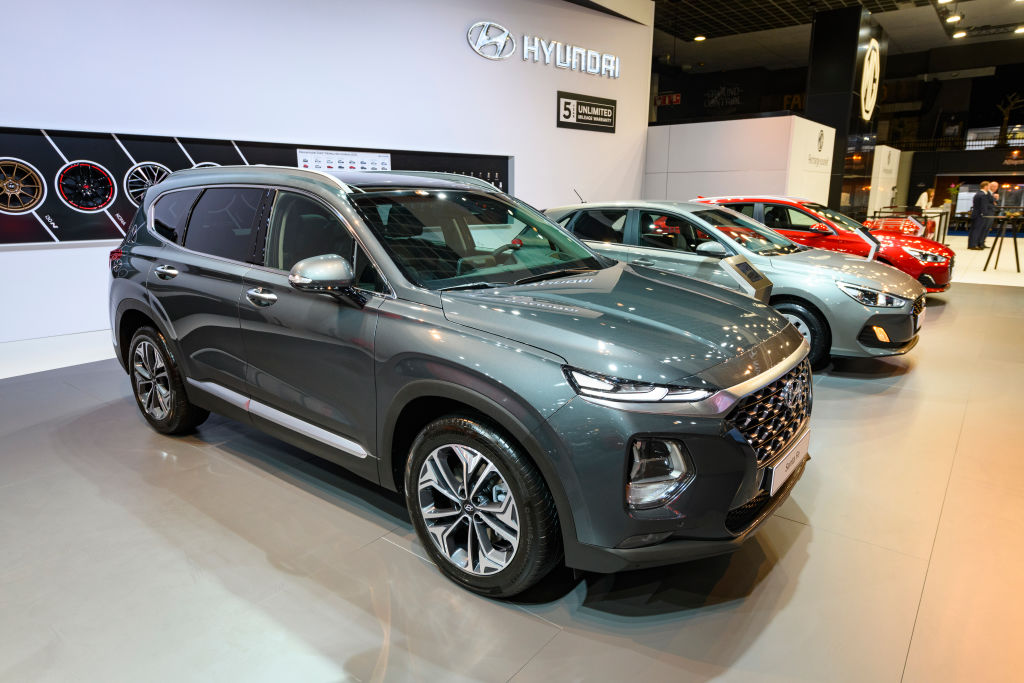
SUVs and crossovers are so popular now that some manufacturers have decided to stop producing sedans and coupes in order to concentrate on that market. But, before we say that the wagons of yesteryear are gone forever because of SUVs and crossovers, let us also consider that maybe they just morphed into something else.
Started By The Aftermarket
In The Atlantic Today, Charles Moss gives us a clue what wagons morphed into as he reviews the history of the wagon from its dawn. He notes that they started as modifications by what is essentially aftermarket companies that converted an existing truck chassis.
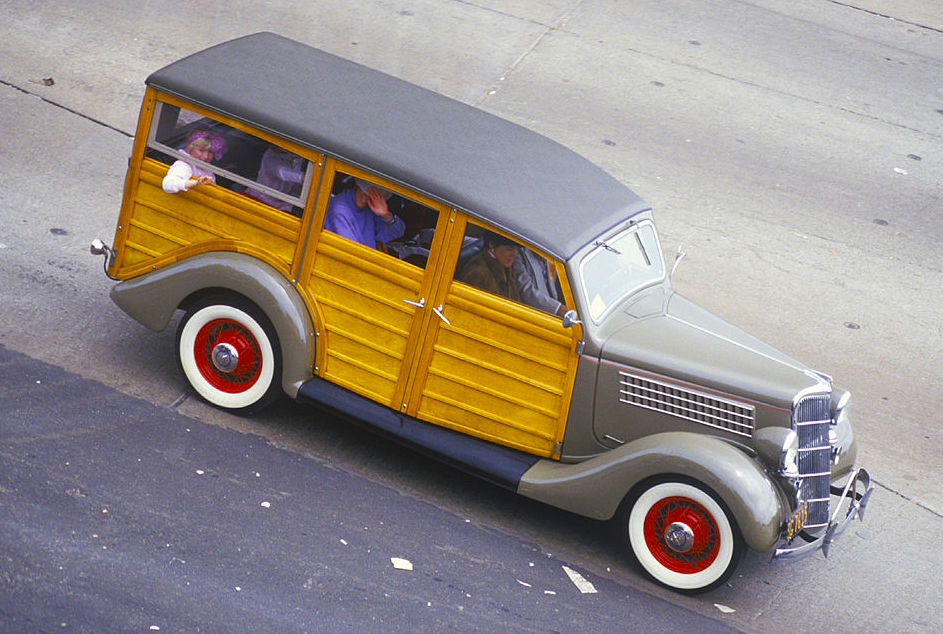
Moss writes, that the popularity of the infant segment, however, drove the mainline manufacturers themselves to start to offer wagons. Quickly, General Motors, Ford, Dodge, Plymouth, and even Jeep would get involved with wagons. Some had wood sides. Other’s were full metal vehicles.
Oil Crisis and Competition
In the 1970’s the popularity of the wagon changed. Oil embargoes and increasing competition from more fuel-efficient overseas manufacturers would start to hurt the popularity of the vehicles. Sales would start to drop off.
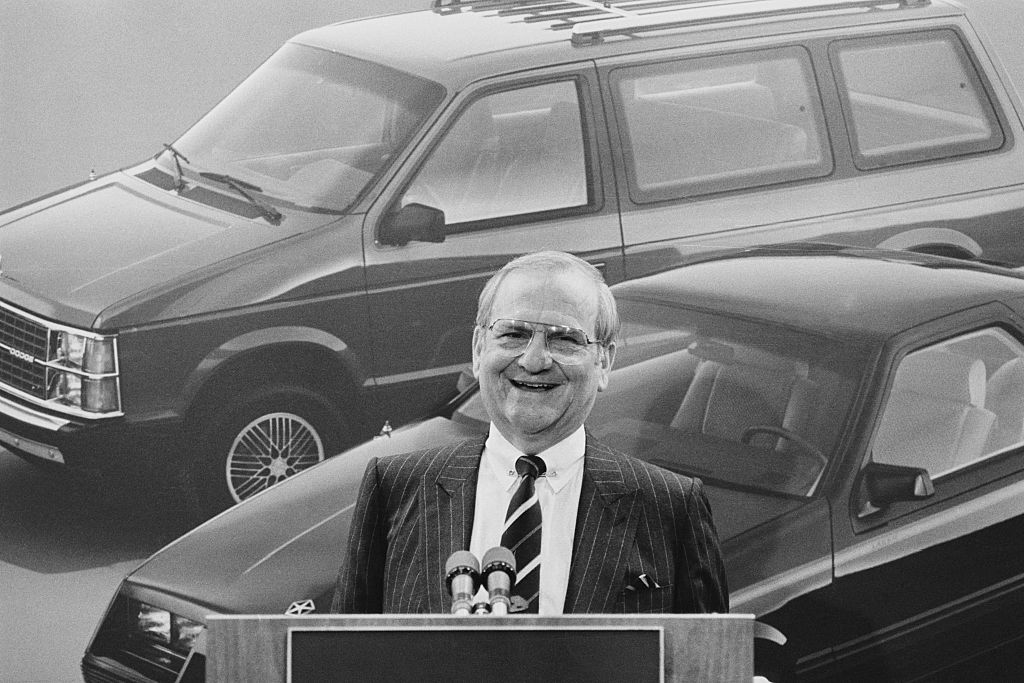
Finally, in 1984 Chrysler, led by Lee Iaccoca, would launch the mini-van. It was a new vehicle segment altogether. It provided better fuel efficiency than the bigger wagons and still provided enough roominess for a family to fit along with their luggage. Sales of wagons were already hurting. The mini-van just put it on life-support.
Mini-Vans
Oddly, wagons have become popular overseas. In the United States, however, it was the mini-van that brought family buyers in and contributed to the loss of wagon numbers. Later years would see the advent of SUVs and crossovers. But, the most direct link in the family tree of the wagon is the mini-van. It spawned copies from many manufacturers. Today, mini-vans are still popular for family hauling.
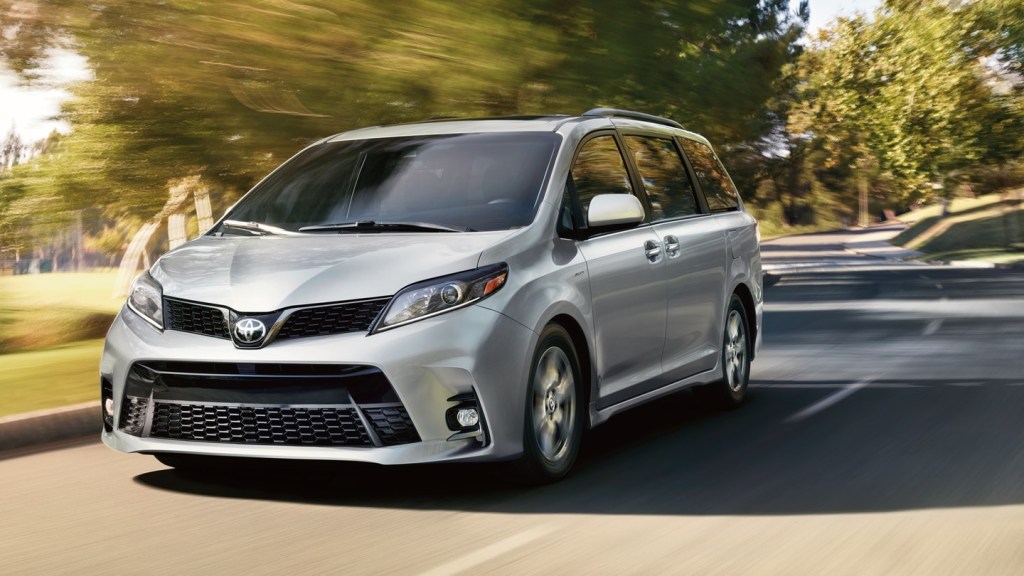
Take a look at manufacturers that offer mini-vans today, and you will see offerings from Chrysler, Ford, Honda, Kia, and Toyota. All laud their cargo room, fuel efficiency, and their ability to keep the family together. That’s the same cry that went out for the creation of the original wagons. So, wagons haven’t died. They’ve just morphed into mini-vans.


